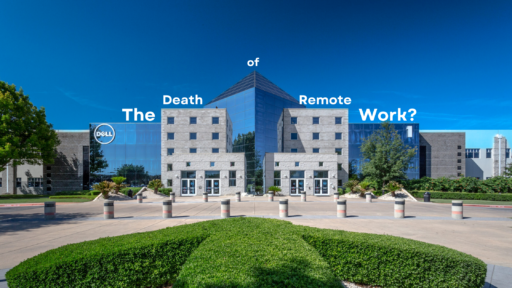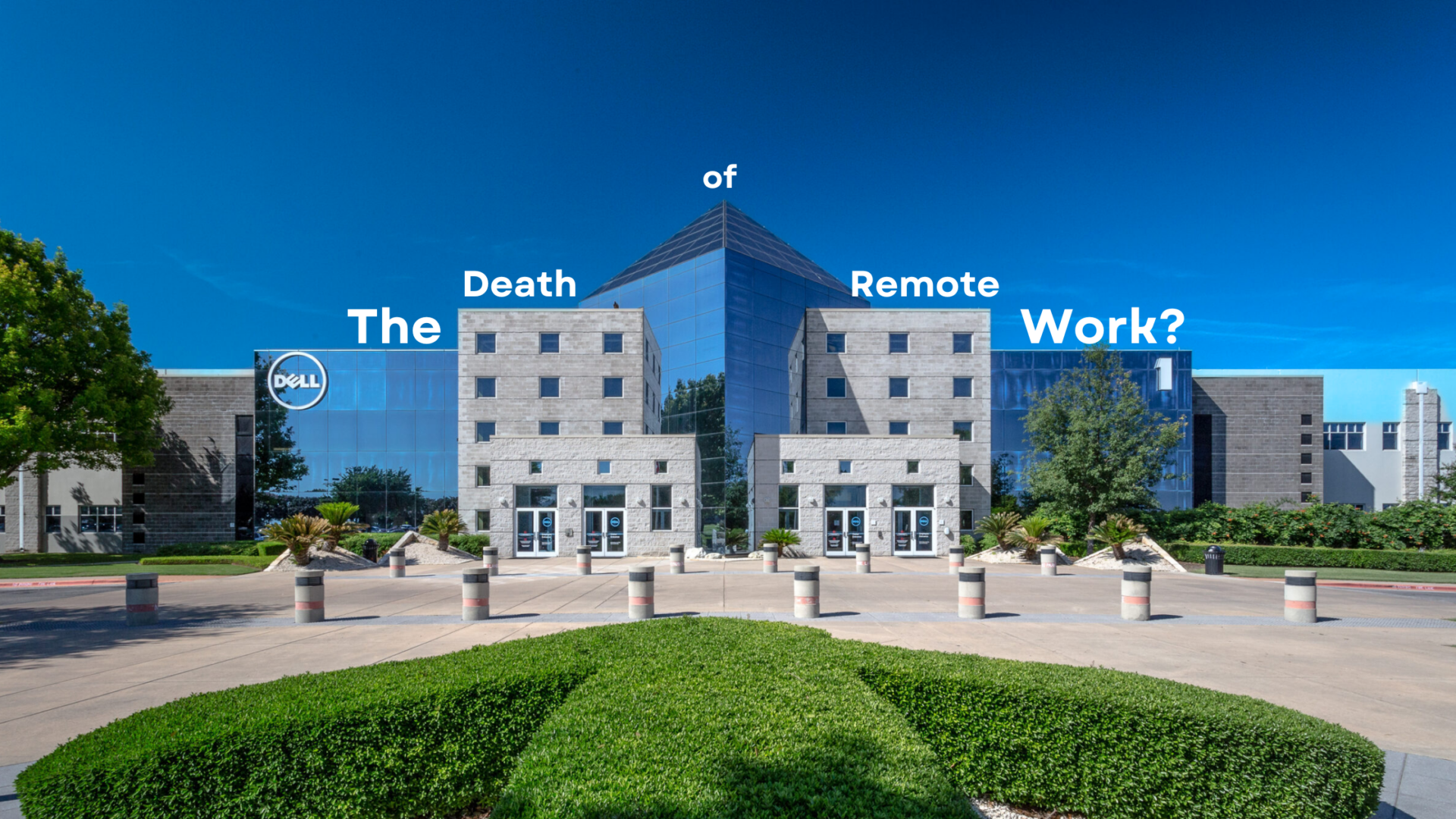Key Takeaways:
- Dell must find a way to motivate workers to Return To Office (RTO)
- Work-from-home (WFH) is a dying commodity that workers love and businesses hate
- Dead money from unused office space seems to finally be catching up with businesses
Dell Technologies recently announced their solution to getting people back into the office. While their solution is one that will probably work, it has upset a lot of staff members and begs the question, “Was this really a problem that needed a solution?”
During the pandemic, many people were told to stay and work from home in an effort to decrease the spread of the virus. What came as a result of that, was that most people realized that there truly was no need to be in person to successfully complete their job. Meetings were switched to Zoom, home gyms began to grow in popularity and food delivery services exploded in daily active users. The long-term effects were yet to be seen, but here we are nearly four years later and companies are still trying to “fix” the perception they created back then.
As Work from Home (WFH) grew, with more and more companies opting to have people working in a remote location, companies became increasingly worried about every single second of their employees time. In the office, they knew they could keep them at least surrounded by work for eight hours each day. At home, however, employees could take lunch whenever they wanted, work when they felt ready, and enjoy more time with their family. Businesses became increasingly concerned about productivity, even though there had been no conclusive evidence that productivity slipped.
After working out the kinks from the initial wave of WFH, most companies began to see that work was still being done, which allowed people to manage their own time more. As people and companies got the hang of their new relationship boundaries, many companies announced WFH Forever policies, stating that offices were no longer required to successfully do the job. Businesses thought they had won by finding ways to cut office costs, and employees felt like they had won as they could attend meetings in their sweatpants. So all is well, right? Well it was… until businesses realized that they still had leases on offices spaces and getting out of them wasn’t as easy as hoped.
Many companies lease office spaces for 5, 10 even 20 years to get more favorable rates. This is a risky approach because business can be very unpredictable. As companies began to realize that they may be stuck in these long-term leases, all the sudden WFH became an enemy to their bottom line. They now had employees who they promised could work from home, and office spaces that they had to pay for with no one in them, creating large amounts of dead money. Rather than eating it, companies began to try quietly reversing WFH policies but were quickly met with pushback from their staff.
Enter Dell Technologies. Dell has been ahead of its time, offering fully remote and hybrid roles since 2009. This put them in a unique position when the pandemic hit to have the operational infrastructure to maintain satisfactory WFH standards and regulations. Once employees got more comfortable working at home (and why wouldn’t you?!), the Return to Office (RTO) seemed further and further from a reality, until recently. Dell announced that workers within less than one hour, one-way from a main Dell office, should count on coming to the office for a minimum of 39 days per quarter—about 3 days a week.
While they are still allowing remote work, they have put limitations on it that prevent growth, saying promotions are no longer available to fully remote workers. This is Dell’s forced hand to get workers back into the office, as the previous attempts hadn’t worked. The dead money for office spaces is especially burdensome for major tech companies as they invest in buildings across the globe, making real estate and office culture incredibly necessary in their operations. This puts workers in a unique situation, as they now have to decide what sacrifices they want to make.
Would they rather spend upwards of 120 minutes in a car every day going to an office where they will do the same work they have been able to do at home? Or do they want to stay at this company, realizing they have now just hit their glass ceiling? It seems very counterintuitive that businesses are willing to go to such lengths to get their people to do as they are told, knowing that they would prefer to be working in a different environment. It feels like an exercise in control, versus a proven increase in company KPIs. It will be interesting to see if any other companies follow, since they all seem to be looking for solutions to get workers back in the office.









